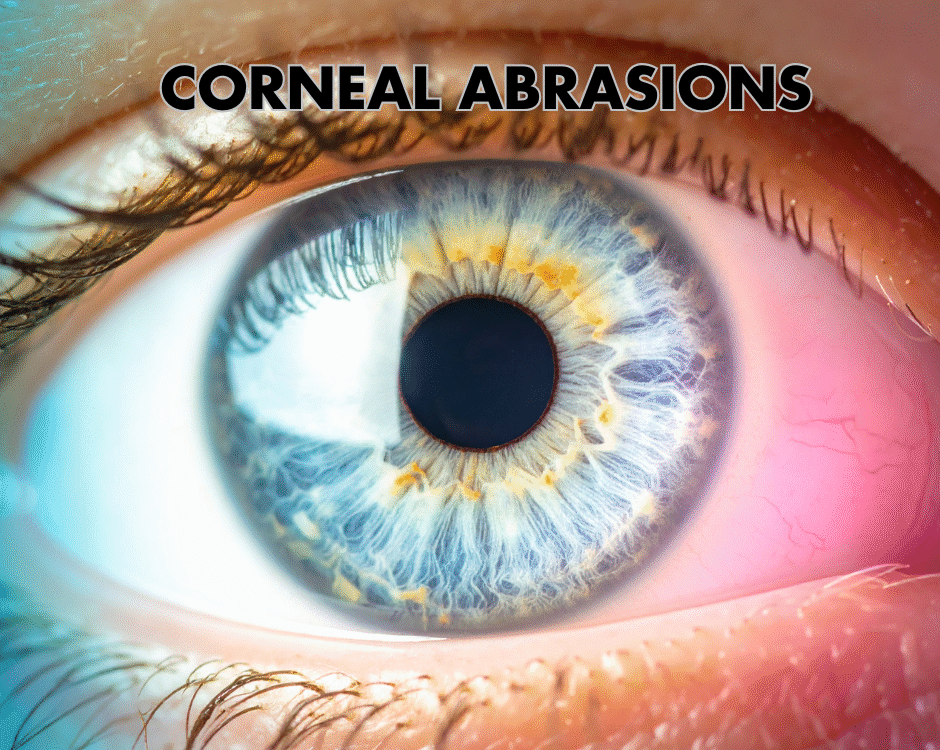Referred Pain After a MVA – What is It?

Dangerous Drowsy Driving
March 20, 2024
A New Study Shows Significant Reduction in Spinal Reoperation with Chiropractic Care
March 25, 2024Referred Pain Post MVA
Referred pain following a motor vehicle accident (MVA) is a common process that occurs when pain is felt in an area away from the actual injury site. While the impact of an MVA may initially cause localized pain at the site of trauma, referred pain can show in different regions of the body due to the interconnected network of nerves and tissues. According to Dr. Aaron Workman, a patient favorite at one of the highest rated auto injury medical care facilities in Lexington, understanding the different types of referred pain that can occur is crucial for accurate diagnosis and treatments.
- Neck and Shoulder Pain: Whiplash injuries, which are the sudden movement backwards and forwards of the neck, often result in muscle strain and soft tissue damage. The pain may radiate from the neck into the shoulders, upper back, below the shoulder blades and even down the arms. This referred pain can be accompanied by stiffness, decreased movement and muscle spasms.
- Headaches: If your head came into contact with the steering wheel, headliner, airbags, headrest, or window, that trauma can feel like a headache. Concussions or contusions can lead to headaches that radiate from the site of impact to other areas of the head and neck. Even if there was no trauma to the head, if the neck has a whiplash type of trauma it can result in tension headaches or cervicogenic headaches. These headaches come from the neck but are felt in the head.
- Back Pain: The force of the impact of your accident can jar the spine and all the soft tissue that surrounds. Referred pain from the lower or middle back may radiate into the buttocks, hips, or legs, mimicking symptoms of sciatica. Compression fractures, herniated discs, or vertebral joint injuries can also contribute to referred back pain.
- Abdominal Pain: Injuries from that seated position can cause referred abdominal pain, particularly in cases of blunt trauma or seatbelt injuries. The force of impact can lead to internal organ injuries which may result in abdominal pain that radiates to the back or shoulder blades.
- Jaw and Facial Pain: Temporomandibular joint (TMJ) pain/clicking and facial pain can occur following an MVA, especially in cases of direct trauma or whiplash. I see this most often when there is no direct trauma but the resultant of whiplash. Referred pain from the cervical spine or muscles of the neck can manifest as jaw pain. Headaches radiating to the temples or behind the eyes can also be the result of jaw and facial pain radiating into the head or ears.
- Emotional Pain: It is important to recognize that pain following an MVA is not solely physical. Some of the hardest problems to overcome are the emotional parts. Anxiety, depression, and post-traumatic stress disorder (PTSD) can all contribute to physical pain. In my experience it is more uncommon not to have these symptoms. This can make everywhere else hurt worse.
In the end, referred pain is something you are going to need help with. It can be challenging even for the doctors assessing you. At Chambers Medical Group these problems are typically found in our MVA cases and must be dealt with on a case-by-case basis. By addressing all these symptoms individuals can achieve better results and return back to a normal life.
— This article is written by Aaron Workman, DC, one of the members of Chambers Medical Group’s team of car accident chiropractors who offer a variety of treatments and therapies ranging from diagnostic testing to various soft tissue therapies for car accidents and injuries in Kentucky.
- Car Accident Medical Clinic in Tampa
- Car Accident Medical Clinic in Plant City
- Car Accident Medical Clinic in Brandon
- Car Accident Medical Clinic in Lakeland
- Car Accident Medical Clinic in Sarasota
- Car Accident Medical Clinic in Louisville
- Car Accident Medical Clinic in Lexington
- Car Accident Medical Clinic in Florence




